What is a hydrogel film and what are its features?
Hydrogel film is a type of protective film designed to protect smartphone screens from mechanical damage and scratches. Durable hydrogel film is characterized by exceptional resistance to screen scratches and minor mechanical damage. Thanks to its flexible material, this high-quality film can absorb small impacts and scratches, keeping the smartphone screen intact. Unlike traditional tempered glass, hydrogel film has self-healing capabilities, meaning minor scratches can disappear over time.
How to apply hydrogel film without air bubbles?
Installing hydrogel film is relatively simple but requires precision.
Installing hydrogel film: step by step
- Screen preparation: Thoroughly clean the smartphone screen with a microfiber cloth to remove any dirt and dust.
- Aligning the film: Match the hydrogel film to the screen, ensuring all openings are in the correct places. The aligned hydrogel film should adhere closely to the surface.
- Applying the film: Slowly and evenly apply the film to the screen, starting from one end and moving to the other. Use a smoothing tool to remove air bubbles.
- Final finish: Perform the final smoothing. The aligned hydrogel film is perfectly adhered to the screen, without air bubbles, ready for use.
Looking for a universal hydrogel film? GrizzGlassis a renowned brand specializing in the production of high-quality hydrogel films that offer advanced protection for smartphone screens.
Grizz Hydrofilm is a modern hydrogel film distinguished by easy installation and hermetically sealed packaging thanks to OxyFree Technology. The film is flexible, perfectly fitted, does not crack or crumble. It excellently protects the screen from scratches and impacts, maintaining perfect clarity and not affecting touch functionality. Grizz Hydrofilm strengthens the screen, minimizing the risk of costly and time-consuming display repairs. The hermetic packaging protects the film from dust and dirt during transport and storage. GrizzGlass products do not interfere with Touch ID or Face ID, ensuring full smartphone functionality.
Tempered glass as an alternative to hydrogel film
Although hydrogel film is flexible and self-healing, the resistance of tempered glass provides a higher level of protection. Screen damage is much less, making it an ideal choice for solid smartphone screen protection.
Characteristics and properties of tempered glass
Tempered glass is a popular solution for protecting smartphone screens, offering exceptional durability and resistance to damage. The properties of tempered glass include its high hardness, making it much more resistant to screen scratches compared to protective film. Additionally, the properties of tempered glass cause it to break in a controlled manner, minimizing the risk of sharp fragments and increasing user safety. Thanks to these properties, tempered glass is an excellent screen shield, protecting against everyday threats.
Thickness of tempered glass and level of protection
The thickness of tempered glass has a direct impact on the level of protection it provides. Typically, the thickness of tempered glass ranges from 0.3 mm to 0.5 mm. The thicker the glass, the higher the level of protection against impacts and falls, although it may also affect the weight and aesthetics of the device. Thicker tempered glass provides better protection for the smartphone screen, reducing the risk of display damage during everyday use.
Tempered glass and touch sensitivity on the smartphone screen
One of the most important aspects of using tempered glass is its impact on the touch sensitivity of the smartphone display. High-quality tempered glass is designed not to reduce screen sensitivity, ensuring that touch response remains quick and precise. The appropriate tempered glass screen protector ensures that users do not notice any difference in device performance, making it an ideal choice for those who want to protect their phone screen without compromising functionality. Additionally, the scratch resistance of tempered glass keeps the phone screen in excellent condition for a long time.
If you are looking for high-quality tempered glass, pay attention to the brand Hofi, which specializes in the production of high-quality glass, including tempered glass. Tempered glass from Hofi is made of lightweight and milled glass with a thickness of 0.3 mm, which does not affect touch sensitivity. It has a hardness level of 9H on a ten-point scale, giving it exceptional scratch resistance. The glass is crystal clear and coated with an oleophobic layer that minimizes fingerprints and other contaminants, keeping the screen clean.
Advantages and disadvantages of hydrogel film compared to tempered glass
It is worth knowing the advantages and disadvantages of hydrogel film and tempered glass to choose the best screen protection. Hydrogel film or tempered glass – which is better?
Hydrogel film, as screen protection, is flexible, fits well to curved screens, and self-heals minor screen damage. The disadvantages of hydrogel film include less protection against more serious phone damage and the need for more frequent replacement. Tempered glass, on the other hand, offers much better protection against scratches and phone damage due to its high hardness and impact resistance. Screen repair is less frequent because tempered glass effectively protects the screen from serious mechanical damage.
Can hydrogel film and tempered glass be reapplied? Hydrogel film can be reapplied if it is gently removed without damage. It is important to thoroughly clean the screen surface before reinstallation to ensure no air bubbles and proper film adhesion. Tempered glass, on the other hand, is not suitable for reuse after removal. Once removed, it loses its adhesive properties, meaning it will no longer provide effective screen protection.
Other types of screen protection: hybrid glass
What is hybrid glass and what are its properties?
Hybrid glass is an innovative screen protection that combines the advantages of tempered glass and protective film. Created from a combination of flexible polymer and hard glass, it offers exceptional durability and flexibility.
Hybrid glass is more resistant to cracking and easier to install than traditional tempered glass. Thanks to the flexible polymer, hybrid glass fits perfectly to curved screens, increasing its versatility.
Although not as hard as tempered glass, hybrid glass still offers significant scratch resistance, providing long-lasting display protection. It is thinner and lighter than traditional tempered glass, meaning it does not affect the weight or thickness of the device, maintaining its original appearance and touch sensitivity. In the event of breakage, hybrid glass does not create sharp fragments, minimizing the risk of cuts and increasing user safety.
If you haven’t heard of the brand 3mk yet, be sure to check out this manufacturer’s products. FlexibleGlass hybrid glass combines the features of protective film and tempered glass. It is flexible, less prone to cracking, while providing a high level of scratch protection. Thanks to its exceptional durability, it withstands extreme conditions. Very thin, invisible on the screen, it does not affect its sensitivity. Simple and intuitive installation ensures quick screen protection for the smartphone. FlexibleGlass is the perfect solution for those who expect maximum protection while maintaining full functionality and aesthetics of the device.

Summary
The choice of appropriate smartphone screen protection comes down to the decision: glass or film? Both protective glass and various types of protective films have their unique advantages. Protective glass offers higher resistance to scratches and impacts, providing solid protection against mechanical damage. It is an excellent option for those who prioritize the durability and safety of their device.
On the other hand, features of protective film include flexibility, self-healing, and ease of installation, making hydrogel film and flexible film ideal solutions for curved screens and users who value aesthetic appearance and comfort of use. The decision to choose protective glass or protective film should be based on specific screen protection requirements, aesthetic preferences, and smartphone usage mode. Regardless of the choice, it is crucial to ensure proper screen protection to keep the device in perfect condition for a long time.
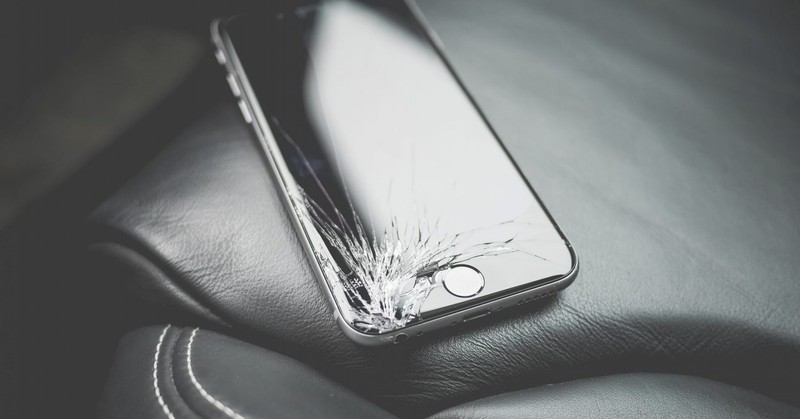
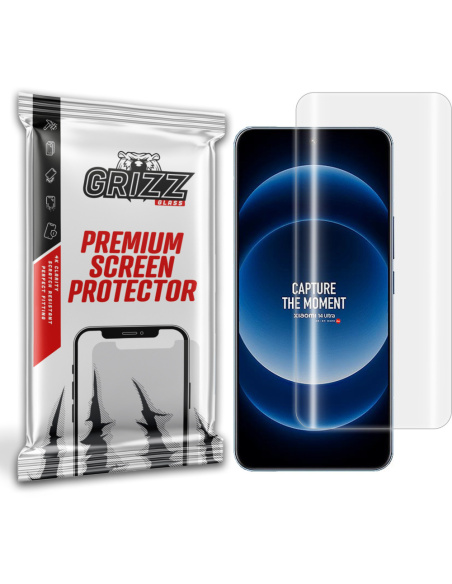
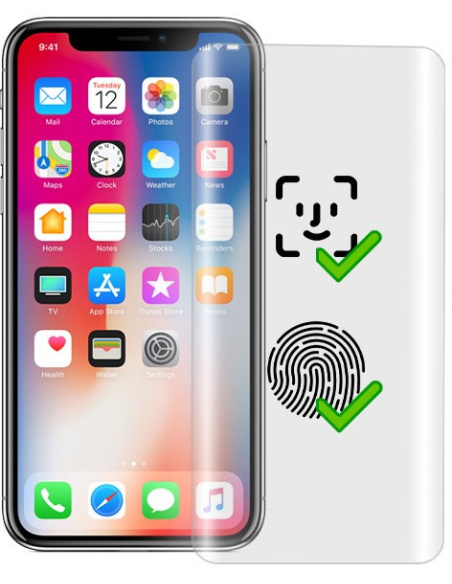
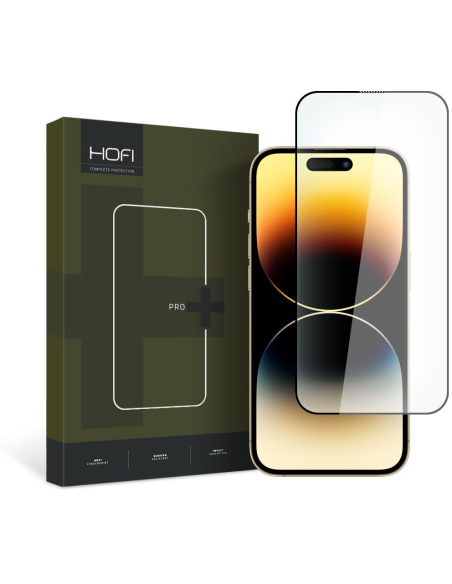
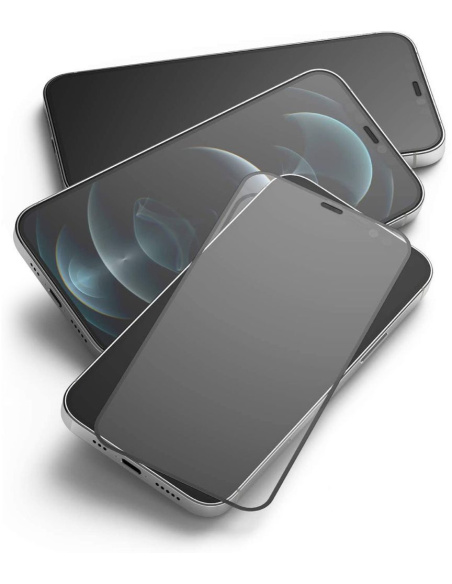
Leave a Reply